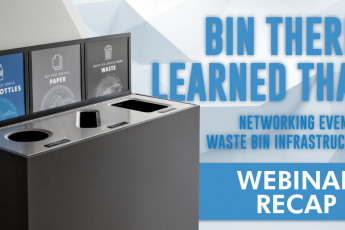What is Demand-side Waste Management?
May 30, 2016
Demand-side waste management is consumers moving companies to create products that produce less waste and are made from recyclable or recycled. In this situation, consumers use their purchasing power to communicate with manufacturers their preferences. This is done through methods such as boycotting the company in question or buying product from a competitor who may meet the requirements that the public wants. One way companies can respond to this is through source reduction, reducing the amount of materials used in a product.
An example of demand-side waste management could be in the case of McDonald’s. During the late 1980s, the fast food company began to face criticism for using polystyrene packaging. Part of this criticism was over concerns over the growing amount of refuse going to landfills, and it was believed that one of the main causes was food packaging. In 1990, McDonald’s responded to this by switching from polystyrene to paper-based packaging and even began finding ways to use recycled materials for the use of their packaging. In doing so, McDonald’s was able to appeal to the public’s concerns about its product and the environment while still providing the same service they always had in the past.
—
Other Sources
ALS Environmental. “Demand-side Waste Management.” ALSglobal.com. http://www.caslab.com/Demand-side_Waste_Management_Meaning/. Accessed May 9, 2016.
Holusha, John. “Packaging and Public Image: McDonald’s Fills a Big Order.” The New York Times. November 2, 1990. http://www.nytimes.com/1990/11/02/business/packaging-and-public-image-mcdonald-s-fills-a-big-order.html?pagewanted=all. Accessed May 10, 2016.
Parrish, Michael. “McDonald’s to Do Away With Foam Packages.” Los Angeles. November 2, 1990. http://articles.latimes.com/1990-11-02/news/mn-3711_1_foam-packages. Accessed May 10, 2016.












